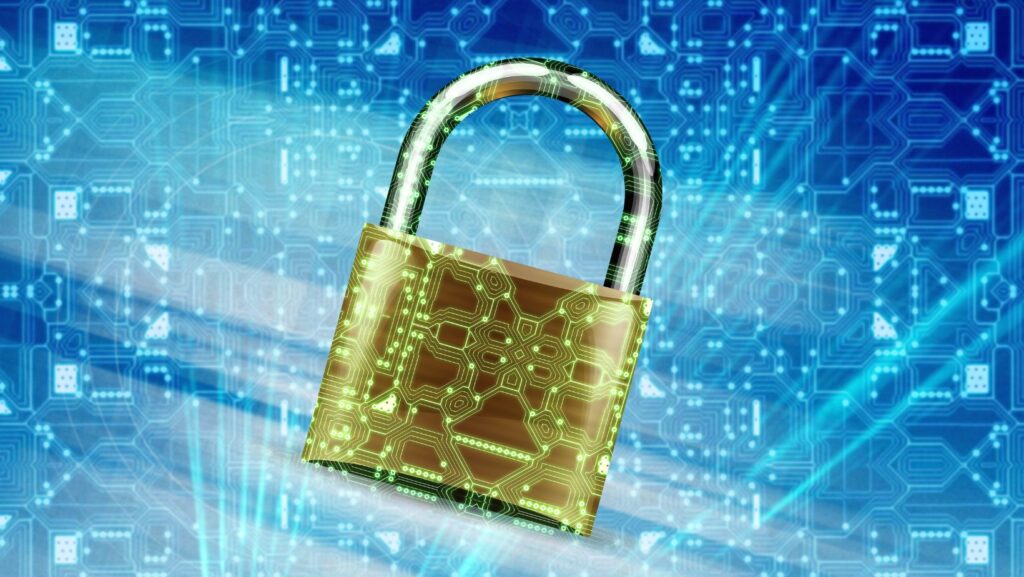
Treasury management involves overseeing a company’s liquidity and mitigating financial risks, which necessitates meticulous attention to security protocols. As businesses increase their reliance on digital tools and platforms, the potential for cyber threats and financial fraud has increased—making security a top priority. Ensuring the integrity, confidentiality, and availability of financial data is essential for maintaining trust, preventing financial loss, and complying with regulatory requirements.
This article explores the essential aspects of security in treasury management and outlines best practices for protecting financial assets.
To Protect Financial Data
Financial data is the lifeblood of any organization, and protecting it from unauthorized access, breaches, and theft is crucial. Implementing strong encryption methods for data in transit and at rest is a foundational step in securing sensitive information. Additionally, multi-factor authentication (MFA) should be employed to verify the identity of users accessing treasury systems.
Routine security audits and vulnerability assessments are essential for spotting and addressing potential weaknesses. Companies should implement strict access controls so that authorized individuals only can have access to sensitive financial information.
By adopting these practices, organizations can greatly minimize the risk of data breaches and preserve the confidentiality of their financial data.
Fraud prevention is a key component of treasury management security. Implementing real-time monitoring systems can detect suspicious activities and flag unauthorized transactions before they cause significant damage. Segregation of duties is another effective measure, ensuring that no single individual has control over all aspects of a financial transaction. This reduces the likelihood of internal fraud and errors. Furthermore, holding frequent training sessions for employees on how to identify and report fraudulent activities can strengthen an organization’s security.

By cultivating a culture of vigilance and responsibility, companies can lower the risk of fraud and protect their financial assets.
To Leverage Technology for Enhanced Security
Technological advancements offer innovative solutions for enhancing security in treasury management. Treasury management software for banks, for instance, provides comprehensive tools for monitoring and managing financial transactions securely; blockchain technology offers a decentralized and tamper-proof ledger for recording transactions, which lowers the risk of fraud; AI and machine learning can analyze large amounts of data to identify unusual patterns and potential threats; RPA can automate routine tasks, lowering the human error risk and freeing up resources for more strategic activities.
By integrating these technologies into their security frameworks, organizations can strengthen their defenses and improve the efficiency of their treasury operations.
To Ensure Regulatory Compliance
Adhering to regulatory requirements is crucial for preserving the integrity of treasury operations. Laws such as the Sarbanes-Oxley Act (SOX) and the General Data Protection Regulation (GDPR) require specific security measures to safeguard financial data and ensure transparency. Failure to comply leads to hefty fines and harms an organization’s reputation.

It is vital to implement comprehensive security policies and procedures that meet these regulatory standards. Regular compliance audits and updates to security protocols based on evolving regulations help organizations stay ahead of potential legal issues.
Ensuring compliance not only protects the organization but also enhances trust with stakeholders and customers.
To Manage Cybersecurity Threats
The rise of cyber threats poses a significant challenge to treasury management. Cyberattacks such as phishing, ransomware, and malware can disrupt financial operations and lead to substantial losses.
Implementing advanced cybersecurity measures, including firewalls, intrusion detection systems, and anti-malware software, is essential. Continuous monitoring and incident response plans enable organizations to detect and respond to threats swiftly. Additionally, educating employees about cybersecurity best practices, such as recognizing phishing emails and securing personal devices, can prevent many common attacks.
A proactive approach to cybersecurity ensures that treasury operations remain secure and resilient against emerging threats.







